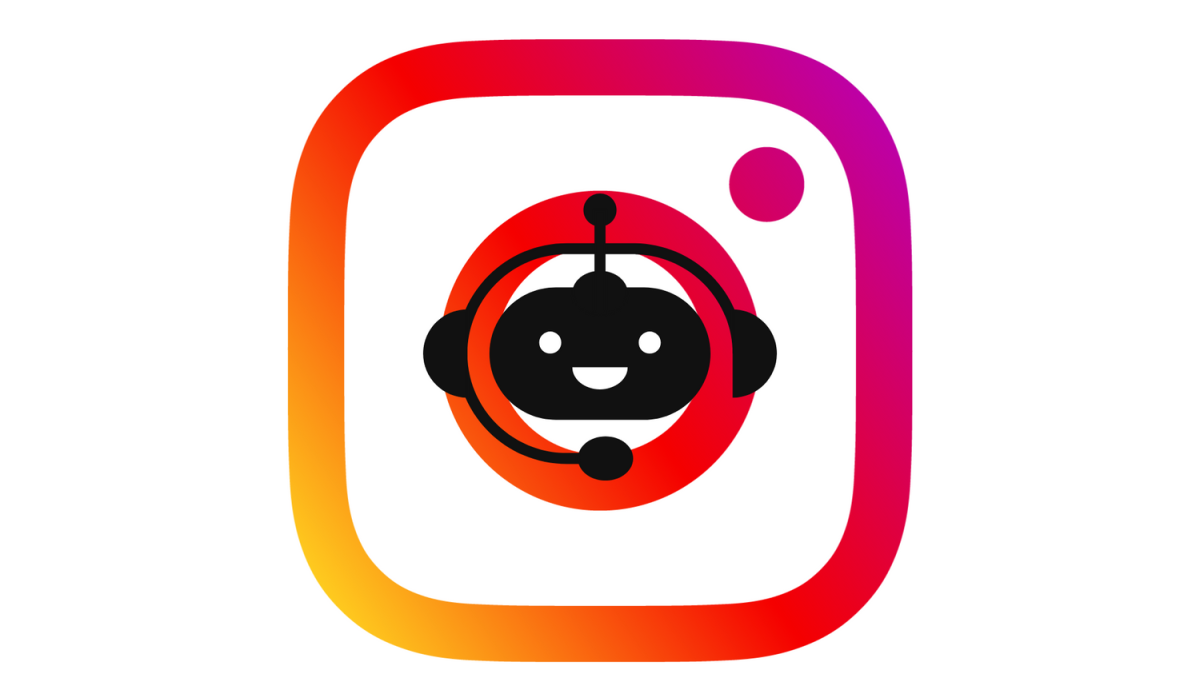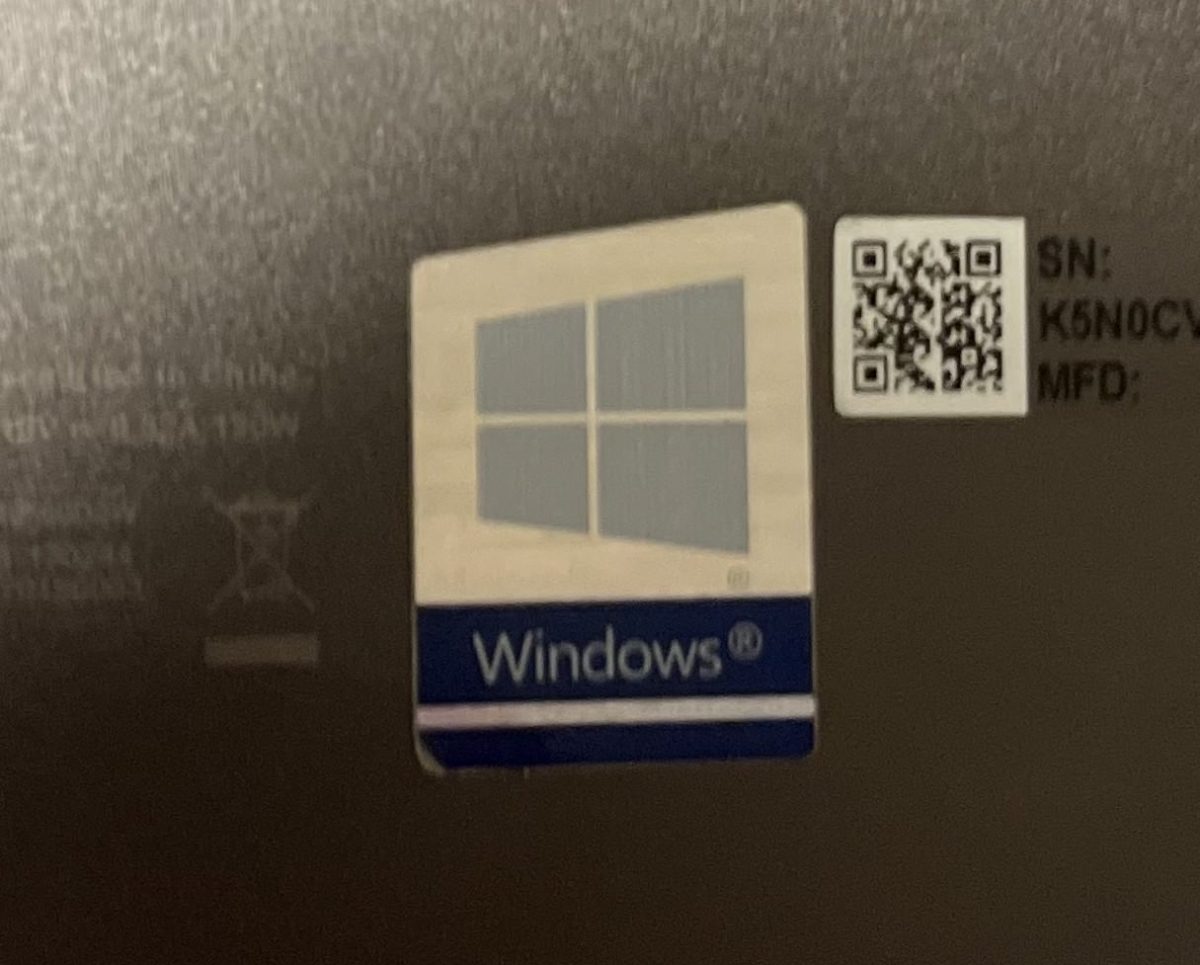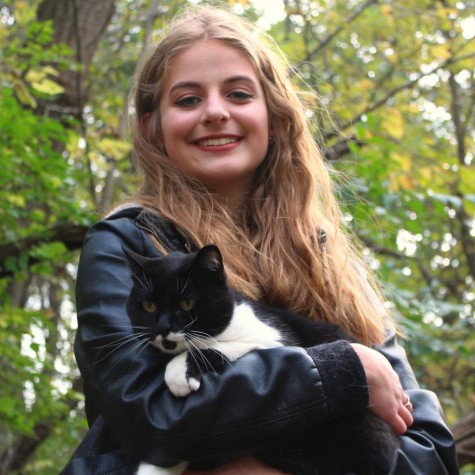Ever since SpaceX’s launch of the BFR (Big F****** Rocket) there has been quite a stir in the space scene. The success of the launch left a lot of people turning to NASA with the question, “What’s next?” and recently, they’ve finally delivered.
One of the projects – among many – that NASA has shifted its focus to would be that of “Low Boom Flight Demonstration’ or LBFD. In this project, their Advanced Air Vehicles program and Integrated Aviation Systems program are working together to find alternative ways to make supersonic flight over land possible. Aircrafts travelling by supersonic flight are able to fly faster than the speed of sound, but their use greatly declined in 1978 after NASA’s flight of the Tu-144 was permanently grounded due to technical difficulties. Ever since, there has been a fear of making supersonic air travel available for commercial use due to its risks.
Fortunately, this has not stopped NASA from pushing forward. As they work on providing faster-than-sound air travel, they have put two goals into motion. Their first goal is to design and build a piloted, large-scale supersonic x-plane with technology that reduces the loudness of sonic boom to just a gentle thump. In the past, the sound produced by the flight of a supersonic aircraft created quite a stir among communities who were subjected to it; it was even know to cause hearing loss in more extreme cases. With their second goal being that they want to fly the x-plane over select U.S. communities in order to gather data on human responses to the low boom flight, it is probably in everyone’s best interest that they focus on muting its sound.
Pleasant Valley freshman Uma Kasichainula voiced her opinion on the potential commercial use of these x-planes. “I agree that it is an interesting concept, but we need to see testing being done before it is ready for public consumption.”
Sonic speed travel is not the only thing that NASA has been exploring. Following SpaceX’s footsteps, NASA launched mission Insight – standing for Interior Exploration – to give Mars its first thorough checkup. In the past there have been examinations of Mars’s surface, but this will be the first time they will be conducting any research on its crust, mantle and core.
Launched on May 5, 2018, it is expected to land on Elysium Planitia, Mars on November 26 of this year. Its mission is expected to last a total of 728 Earth days and focuses on two main goals: understanding the formation and evolution of Mars and determining the level of tectonic activity on Mars.
For the formation and evolution aspect of the goal, they are hoping that through this study of Mars they will have a better understanding of the formation and evolution of terrestrial planets. Then, for the second goal they are trying to determine the present level of tectonic activity and meteorite impact rate on Mars. Pleasant Valley sophomore Leah Sanders stated that,” I think that it is pretty cool and I can’t wait for the day that we don’t just explore Mars, but perhaps colonize it as well.”
Perhaps there will be a day when walking through the street of Mars will be a closer reality, but for now NASA is making great strides in air travel and in learning what Mars actually contains. The potential of the future is still quite a ways away, but these are all important pieces to the puzzle.









